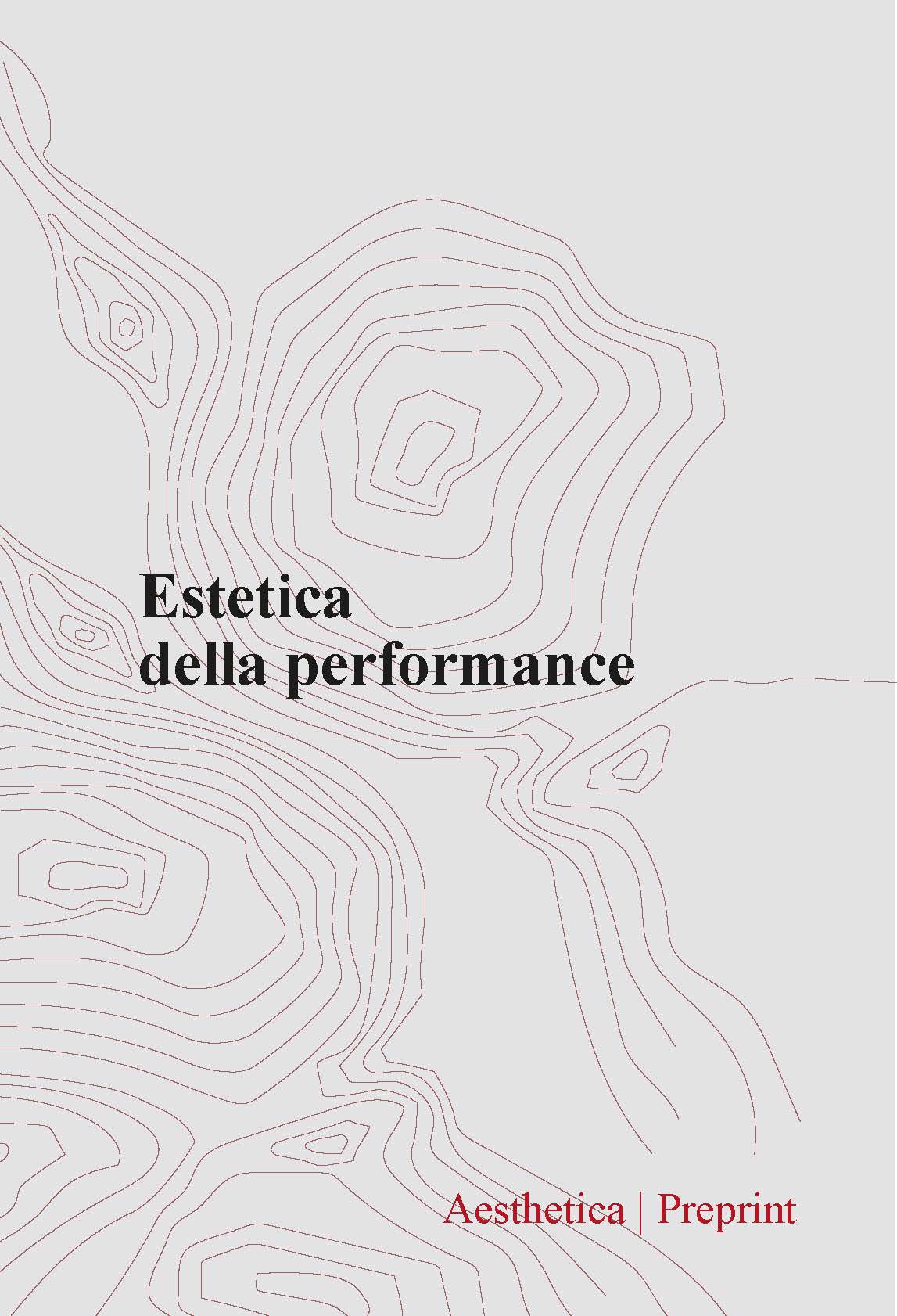Abstract
The aim of this contribution is to explore the performativity of taste in the Japanese tea ceremony. While widely recognized as a non-Western artistic expression, its aesthetic exploration has largely neglected the significant contribution of food and tea prepared and shared – kaiseki (meal), wagashi (sweets), usucha and koicha (thin and thick tea) – while emphasizing what is commonly related to the artworld. I delve into the varied meanings of taste by adopting a non-exceptionalist and everyday aesthetic perspective. In this framework, I investigate some intertwined aspects, such as the intentional conveyance of imperfection and impermanence throughout the ritual, the contradictory harmony and effects of food and tea, and the contribution of taste in crafting a performance as an artistic expression. To do this, a shift from an object-oriented perspective to a relational and operative one is needed. Here, sensory qualities and sharing are neither vehicles nor signs for meaning, but are themselves meaningful as evenemential relationships. Taste acts as a modality, shaping the unique relationship unfolding between host, guest and the environment. By carrying both aesthetic and ethical values, taste not only emphasizes the philosophical meaning of hospitality, but also contributes to understanding the ceremony as an action that is simultaneously routine and extraordinary, capable of redefining the very notion of artistic performance.

